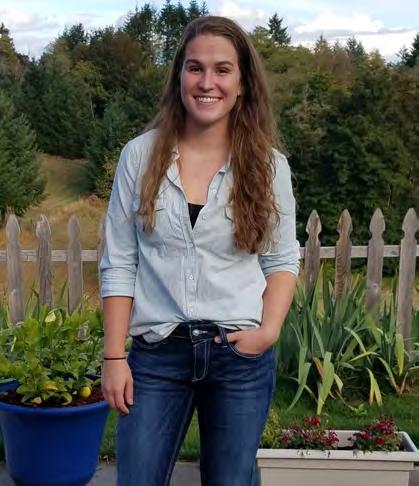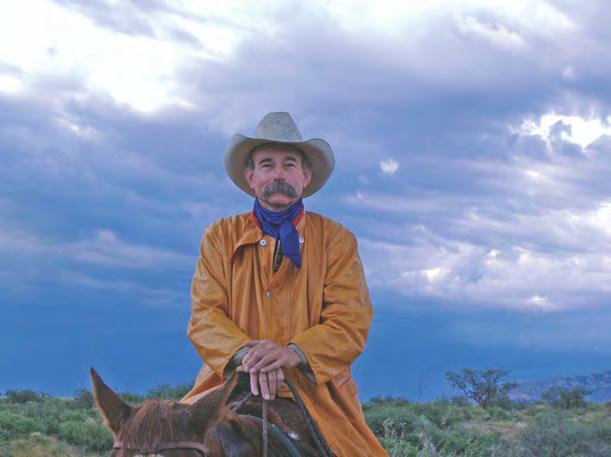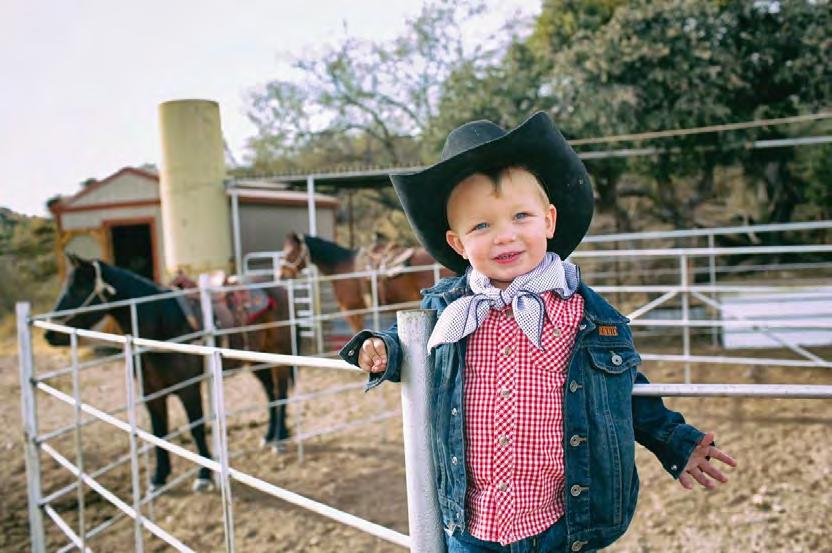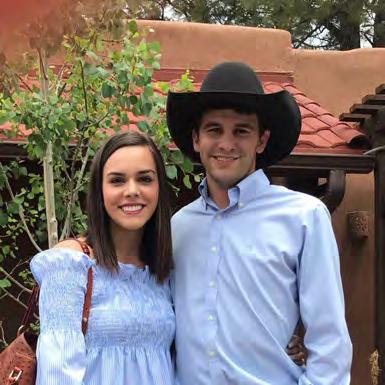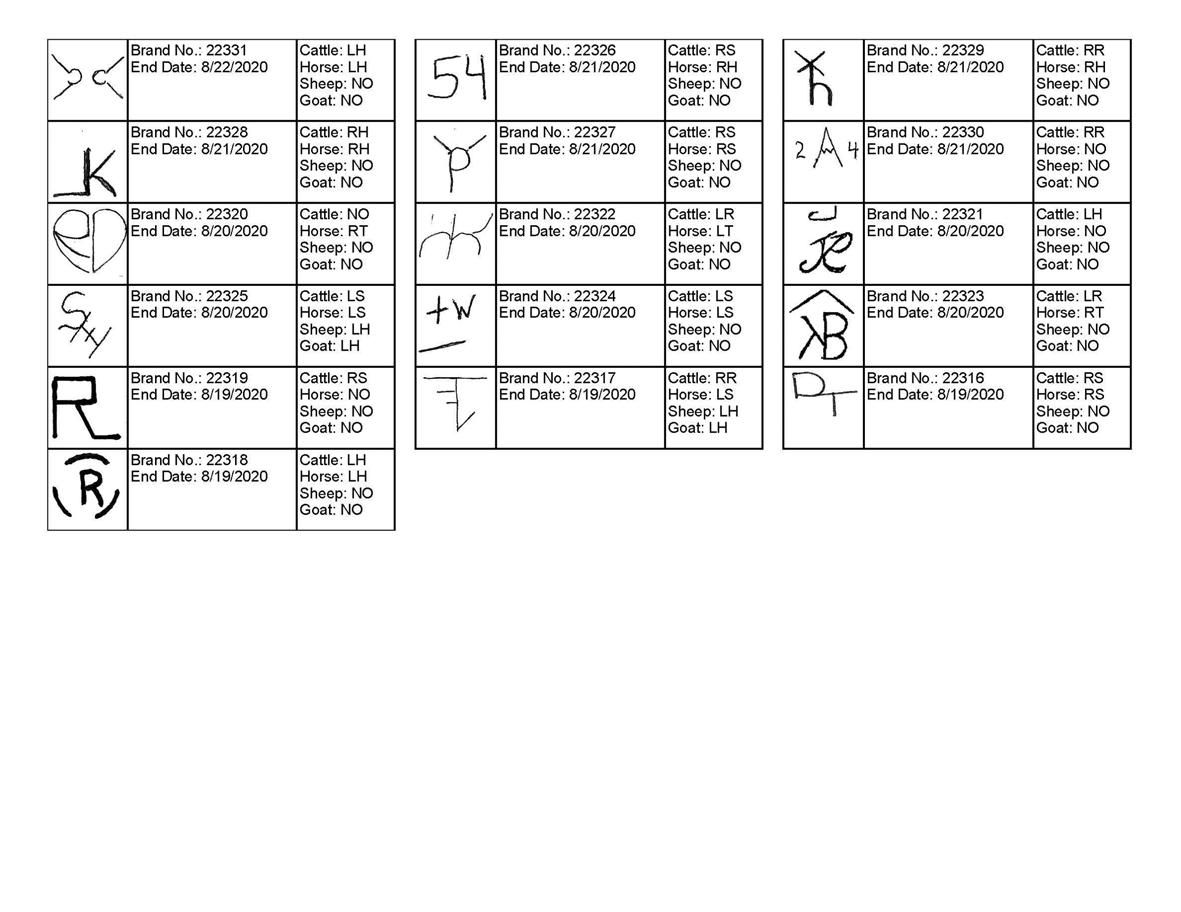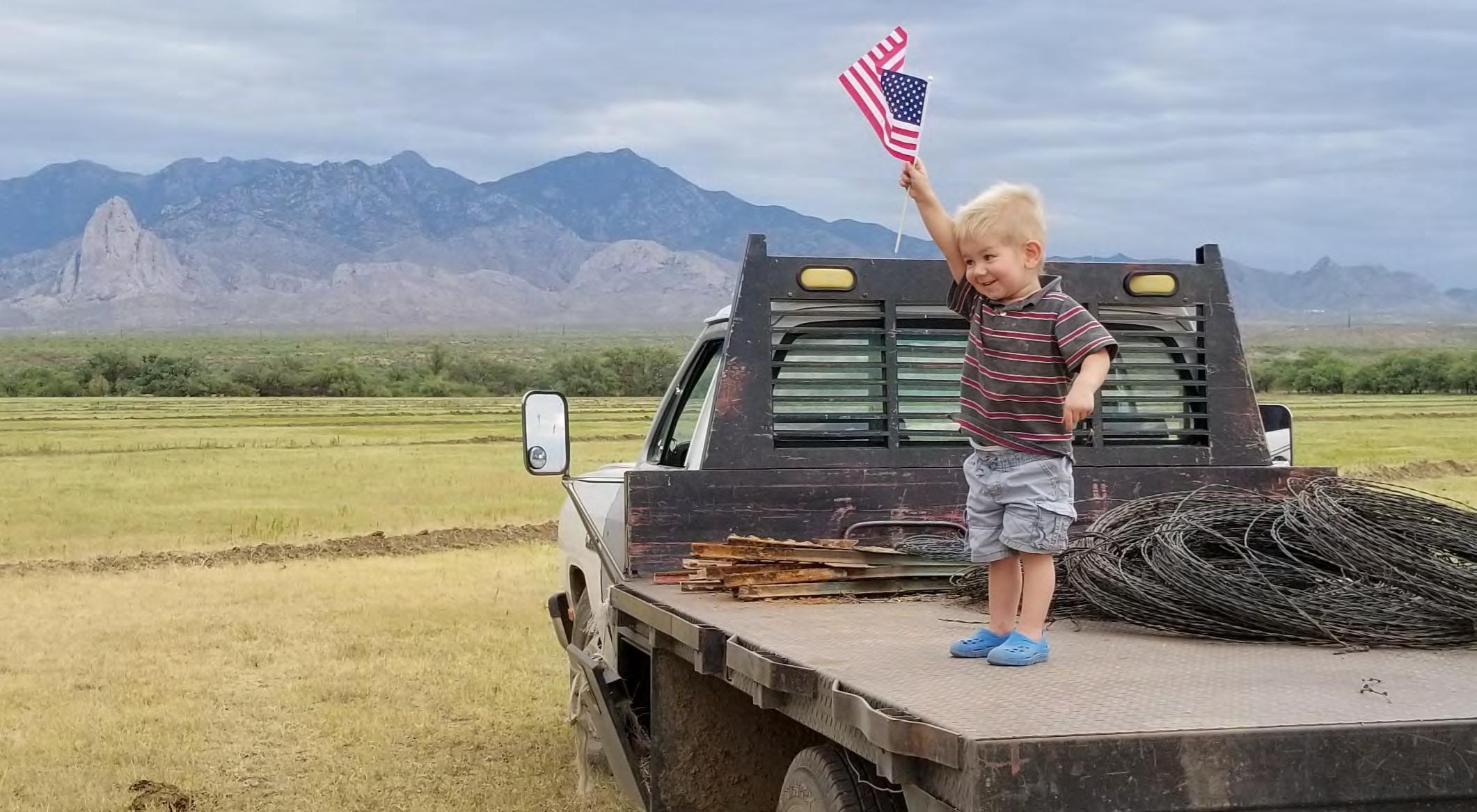
10 minute read
Arizona Heritage
Arizona Heritage K l o n d y k e , A r i z o n a - A R e m o t e P l a c e t o R a n c h i n G r a h a m C o u n t y
Written by Laura Flood
Advertisement
You cannot call Klondyke, Arizona a one-horse town. There could be more horses than people! It lies in the rugged desert mountains, West of Safford and deep in the Aravaipa Valley. Lori Sollers, a resident believes the population is around barely 50 people.
Miners founded the town in 1900 upon returning from the Klondike Gold Rush in Alaska. Lead and silver ore had to suffice rather than gold. This helped Klondyke keep its quiet seclusion, even after the notorious Power’s shootout of 1915.
Klondyke was believed to peak at 500 folks. The town had a post office in 1907, a saloon, church, and cemetery. However, half the residents departed during the Great Depression and the post office closed in 1955. Contrary to this parched land's view, thunderstorms have trapped residents in high flood waters.
I n 1998, the Holcomb’s, a couple from Nevada, operated a hunting ranch. The Holcomb's hunted mountain lions with hounds and guided guests on these excursions.
Beautiful dark skies highlight the bright stars and brilliant sunsets in the backdrop of the Galiuro Mountains to the Southeast and the Santa Teresa Mountains to the North.
Today, the Klondyke Horsehead Lodge operates from October to May and t he Powers Cabin is open to tourists.
Perhaps a reader of the Arizona Cattlelog could solve the below mystery!
The mystery lies in the ranch name of the Klondyke branding (pictured below). The author of this article, Laura Flood, is pictured in the photographs. Laura has no captions on the back and took these photos while accompanying a friend filming the branding, over 25 years ago. A search led t o a few comments, but nothing concrete. Do you know the ranch these photos were taken on? If so, email amorin@azcattlegrowers.org.

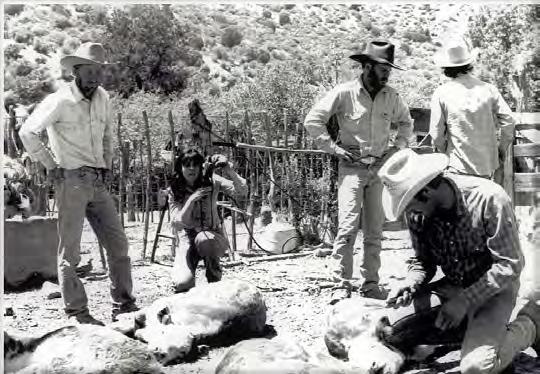

Written by B. Lynn Gordon, who appears regularly in the BEEF magazine, where this article was originally published. Used with permission.
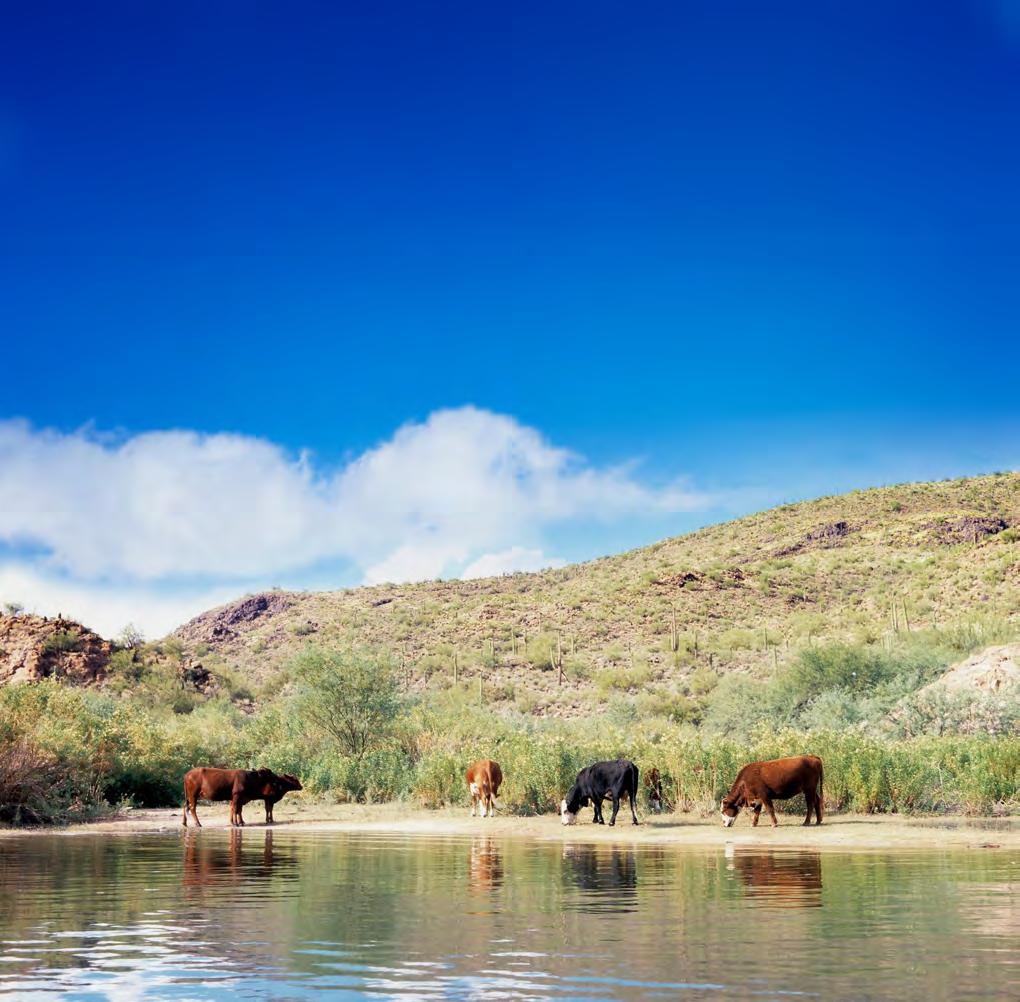
Trace mineral supplementation not only increases reproduction efficiency, if supplied during gestation, it is showing results of heavier animals at weaning.
The female is the factory on the ranch. She is responsible for raising a calf year after year, but this is not possible if she isn’t in proper nutritional health. “The impact of mineral supplementation is as or even more substantial than energy and protein for proper reproductive health,” says Reinaldo Cooke, Texas A&M reproduction. They are often the root cause of wrecks
Beef Cattle Production Specialist. “Minerals have a huge impact on reproduction.”
A lot of focus is put on making sure cows have the energy and protein requirements to fuel their systems. But this often overlooks other essential nutrients like vitamins and minerals. A lack there can defeat the ability “Trace mi nerals, such as selenium, zinc and copper,
to strive for reproduction goals.
Lacking the required minerals in the diet can become a limiter in the effectiveness of the normal functioning of nearly all processes in the cow’s body. Mine ral management is complex. “Each mineral is critical to the metabolic system of the animal and each mineral has its own importance, but each one also has its connection in determined from historical research have laid the
working with other minerals,” Cooke told cattlemen during NCBA’s producer education webinar series focusing on mineral nutrition strategies.
“Many beef cattle systems rely on forages to provide nutrients, but the forages may not always be nutritionally complete.” Therefore, mineral supplementation programs need to be designed with these three factors in mind: the animal category, the stage of production, and the basal Cooke explains requirements are established for macrominerals and micro-minerals (trace minerals) as a starting point for beef cattle producers to follow. But many times, the microscope is not focused on minerals until something bad happens on the ranch.
“Minerals are the largest pound per pound expense in nutritional management and have a critical importance to like open cows, embryonic death, delayed puberty, and reduced fertility,” explains Cooke. He reminds producers, if the cow is sick or dead ̶ it won’t breed.
Focus on trace minerals
have very specific roles in enzyme development impacting cell functions for the reproductive systems and are often the minerals that come to mind when reproductive issues surface,” says the beef cattle nutritionist.
The challenge is to determine what is the best package of minerals needed based on the forage diet the cows can access. While guidelines and recommen dations diet (the forage).
foundation for beef cow nutrition, Cooke is seeing promising results from research on alternate forms of trace mineral supplementation. These sources include mineral supplementation from inorganic, organic, or injectable sources.
Cattlemen's College M i n e r a l s M a t t e r | I m p a c t o n C o w R e p r o d u c t i o n - C o n t .
Written by B. Lynn Gordon, who appears regularly in the BEEF magazine, where this article was originally published. Used with permission. Inorganics include sulfates, oxides and chlorides and have a bioavailability between 40-50%. Organic sources include elements bound to simple amino acids or more complex organic structures. Organic trace minerals often have greater bioavailability than inorganics, are more stable in the digestive tract, and result in reduced losses due to antagonists, he explains.
Becoming more prevalent in the industry are sources that are injected directly into the body, resulting in rapid increase in trace mineral status and prompt metabolism. “Using injectable minerals is an option if the cows are not in good shape and need to be brought back into better nutrition in a shorter time period,” says Cooke.

An example might be cows coming off pasture where access to supplementation was limited or sudden changes happened i n the grass quality due to drought or other environmental factors. He cautions the use of injectables should not replace a good year-round supplementation program.
Cooke is excited about promising research results on fetal programming. This research is allowing for the opportunity to shift the focus further down the reproduction chain to learn about the impact nutritional practices during a cow’s gestatio n will have on her offspring. He reports supplementation of trace minerals during gestation is showing results of heavier animals at weaning, which in turn is allowing that animal to reach puberty sooner and enhancing the reproductive future of the cow herd.
Baseline requirements for mineral supplementation have guided the industry for many years, but researchers are not stopping there. “With the complex ity associated with mineral supplementation and new sources becoming more accessible to the cow-calf producer, research may find that previous requirements will need to be shifted and adjusted to meet a cow’s nutritional needs,” says Cooke. What do you do with the pallets you get on the ranch? Do you burn them, let them sit in the sun, or throw them away? Did you know that you can sell them to a pallet recycling company? Moran and Sons' Lumber Company is a family owned business that services the Southwest. We work with companies to develop recycling plans for their pallets. We provide dedicated trailers and pick up services at no cost to you. You could add an additional line of revenue to your ranch by selling your pallets to Moran and Sons' Lumber Company.
Some ranchers use the income from pallet sales to pay for fuel for equipment. Please contact Moran Lumber at 602-278-9682. We will create a plan that works for you.
Cattlemen's College R e s i d u a l F e e d I n t a k e a s a S e l e c t i o n T o o l f o r C o w H e r d E f f i c i e n c y Ashley Wright, University of Arizona Cooperative Extension Feed conversion ratio (FCR or F:G) is the traditional measure of feed efficiency and feedlot performance. This trait correlates with growth rate, and studies have shown that selecting cattle based on FCR also tends to increase mature cow sizes over time. Larger cows have higher energy requirements to maintain, which means increased feed costs and forage requirements for cows grazing rangelands.
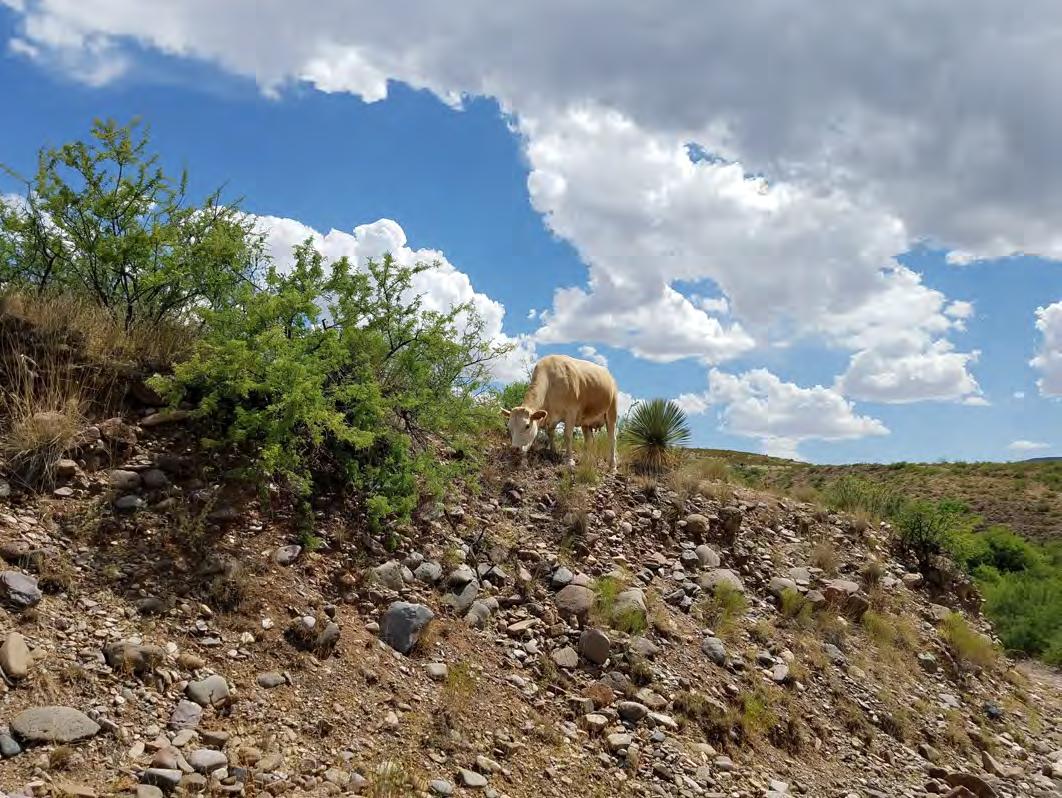
Residual Feed Intake (RFI) is an alternative way to measure feed efficiency. It measures variations in feed intake beyond those needed for maintenance/production (i.e., growth, lactation). For example, if the average daily voluntary forage intake of two identical dry, open cows is measured over a week’s time, it is likely the animals will not eat the same amount of forage. Their individual intakes could vary by as much as ten or more pounds per day. Given that all other production traits are equal, which cow would you rather have in your herd? RFI is a way to measure the intake differences without affecting other traits like growth, production, and mature size. If we look at growing cattle like steers, we can account for average daily gain (ADG) in the equation to compare with the intake of steers who may have different rates of growth.
When examining RFI scores, it is important to remember that cattle with a negative RFI score are considered efficient animals, which means they consumed less feed than expected based on size and performance. Cattle with a positi ve RFI score are considered inefficient animals because they consumed more feed than expected. If an animal has an RFI score of zero, it ate the exact amount of feed expected. The calculations used to determine RFI make this trait independent of growth and mature size. Using it to select cattle will not inadvertently select for larger animals (as selecting only on FCR will), but it does result in imp rovements in FCR. RFI is also moderately heritable. It is becoming more common to see young bulls RFI tested before large bull sales, and many breeds now include an EPD (Expected Progeny Difference) for RFI. Finding an animal with a negative RFI (ex: -3.36) means that this animal should produce offspring that consumes on average 3.36 pounds less than the breed average.
RFI does come with a caveat. A few studies have demonstrated that RFI may negatively correlate with carcass marbling and leanness: more efficient animals may be leaner with less marbling than inefficient animals. Additionally, more efficient heifers (low RFI) may not begin cycling as early as heifers with high RFI scores. However, remember that all selection tools have downsides. Be aware of these potential pitfalls when selecting animals using RFI and be sure to consider other criteria such as genomic data, carcass EPDs, and carefully manage and cull replacement heifers to avoid cultivating negative traits in your herd. RFI is one more tool in the toolbox to help select cattle that work for the goals of your operation. Using multiple tools is always advisable. The RFI of an animal should be considered alongside other selecti on criteria such as EPD information and physical characteristics.
The relationship of RFI and voluntary forage intake and cow survival under range conditions. Dan B. Faulkner; https://extension.arizona.edu/sites/extension.arizona.edu/files/pubs/az1696-2016.pdf
Phenotypic and genetic parameters for different measures of feed efficiency in different breeds of Irish performance-tested beef bulls. J.J. Crowley, et. al. http://www.beefefficiency.org/info/crowley_RFI_heritability.pdf
Can We Select for RFI in Heifers? L. Kriese-Anderson. http://animal.ifas.ufl.edu/beef_extension/bcsc/2016/proceedings/kriese_anderson.pdf


